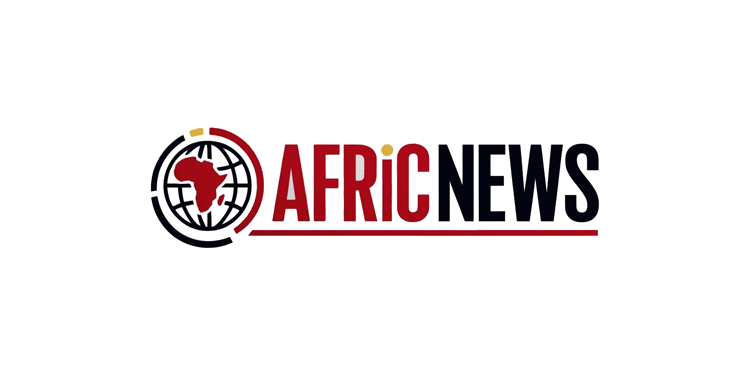US Tariff Hikes Pose Significant Risks to AfricaŌĆÖs Textile Industry: Challenges and Strategic Solutions
The garment manufacturing sector in Africa, a cornerstone for numerous national economies, is confronting serious obstacles as the United States enforces higher tariffs on imports. This shift threatens to disrupt the steady expansion of African textile exports amid an already volatile global trade climate. Given that the US remains one of the largest markets for African apparel producers, these tariff increases could destabilize local enterprises and jeopardize employment for thousands across the continent.
Impact Assessment: How Rising US Tariffs Affect African Textile Exporters
The recent surge in American import duties has sent ripples through key garment-exporting nations in Africa. These additional costs are squeezing profit margins for manufacturers who rely heavily on access to US consumers. Industry experts warn that this financial strain may lead to factory shutdowns and significant job losses in regions where textile production forms a critical economic backbone.
African Trade Authorities have voiced deep concerns regarding the long-term viability of this sector if such protectionist measures persist. The repercussions extend beyond individual businesses, threatening entire supply chains and local economies dependent on garment exports.
To counteract these challenges, specialists recommend several adaptive strategies:
- Expanding Market Reach: Exploring emerging markets with minimal or no tariffs can lessen reliance on traditional buyers like the United States.
- Enhancing Production Efficiency: Integrating automation technologies alongside workforce skill development can reduce operational costs while preserving product quality.
- Strengthening Regional Partnerships: Collaborating with neighboring countries may amplify bargaining power during international trade negotiations.
The upcoming period will be pivotal as stakeholders deliberate over these options within an increasingly protectionist global trade environment.
Tactical Measures to Build Resilience Against Trade Barriers
African apparel manufacturers must implement robust strategies not only aimed at weathering current tariff pressures but also at positioning themselves for future growth opportunities. A primary tactic involves diversifying export destinations beyond established partners such as the US market. For example, targeting expanding consumer bases within European Union nations or fast-growing Asian economiesŌĆöwhere demand for ethically produced garments is surgingŌĆöcan create alternative revenue channels while reducing exposure risks tied to any single market.
An equally vital approach centers around innovation adoption within production lines. Utilizing sustainable fabrics combined with state-of-the-art machinery enhances productivity and appeals strongly to environmentally conscious consumers worldwideŌĆöa demographic growing by approximately 15% annually according to recent data from Textile Exchange (2024).
Investing in human capital development remains crucial; equipping workers with competencies aligned with modern manufacturing techniques ensures agility amid shifting industry demands. Moreover, cultivating flexible supply chains capable of rapid adaptation enables firms to respond swiftly when confronted by sudden policy shifts or logistical hurdles.
The Role of Policy Frameworks in Sustaining Sector Growth Amid Global Trade Pressures
The multifaceted challenges introduced by rising tariffs call for coordinated policy interventions at both national and regional levels throughout AfricaŌĆÖs garment-producing countries. Policymakers are urged to prioritize reinforcing existing trade agreements or negotiating new accords that lower tariff barriers and facilitate broader market access.
Pursuing technological advancement through targeted incentives is equally essential; government subsidies supporting research & development initiatives within textile manufacturing can accelerate modernization efforts necessary for maintaining international competitiveness.
- Innovation Grant Programs: Financial assistance dedicated toward upgrading factory equipment fosters efficiency improvements critical under tighter profit margins caused by tariffs.
- Learner-Centered Workforce Training: Comprehensive upskilling programs focused on emerging technologies empower employees while enhancing overall productivity amidst global competition pressures.
- Bilateral & Multilateral Trade Negotiations: Active diplomatic engagement helps secure favorable terms that gradually reduce tariff impacts through strategic partnerships similar to MauritiusŌĆÖ Free Trade Agreement with China (Observer Research Foundation Report 2025).
| Strategic Focus Area | Goal Description |
|---|---|
| Trade Policy Advocacy | Securing reduced tariffs & expanded entry into diverse international markets |
| Innovation Funding Initiatives | Facilitating adoption of advanced technology across manufacturing facilities |
| Workforce Development Programs | Building employee skills aligned with evolving industrial standards |







